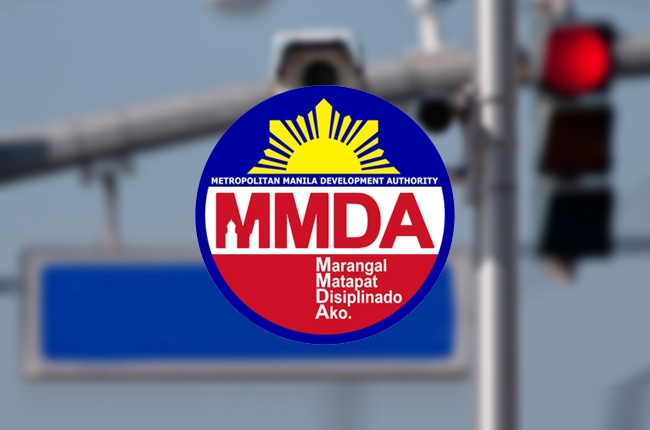
The Metropolitan Manila Development Authority (MMDA) is set to re-implement the no-contact apprehension policy starting April 15, 2016. The agency will be using close circuit television (CCTV) cameras placed along major roads of Metro Manila to apprehend erring motorists.
MMDA says the no-contact apprehension policy aims to “instill discipline” among private motorists and public utility vehicle (PUV) driver. It is also eyed to reduce cases of bribery and extortion. MMDA claims that they have at least 250 CCTV cameras that will capture and record traffic violations on the major roads of Metro Manila such as EDSA, C-5, and Commonwealth Avenue.
MMDA Chairman Emerson Carlos said in a statement that the agency have already “remedied” the legal guidelines concerning the no-contact apprehension policy. Carlos explained that the motorists can now contest the apprehension by viewing the video footage, captured by the CCTV cameras.
The violators will have seven days upon receipt of the summons from the MMDA to contest the traffic violation, based on the CCTV video footage. Motorists who have not paid their respective fines will not be able to renew their driver’s license.
Carlos clarified that MMDA constables will still “man” and “direct” traffic on the major roads of the metropolis because not all places are covered by the agency’s CCTV.
As a review, the MMDA first implemented the no-contact apprehension policy during Bayani Fernando’s term in 2009. The program was green-lit for a six-month experimental run and was later put on hold because violators must first pay the fine before contesting the apprehension.
Then, the policy was reintroduced during the term of Francis Tolentino in order to apprehend speeding motorists on Commonwealth and Diosdado Macapagal avenues. However, the no-contact apprehension policy was brought down after six months.
Latest News
-
Will the New Mitsubishi ASX Make Its Way to the Philippines? / News
The newly updated Mitsubishi ASX has debuted in Europe, featuring enhanced technology and design.
-
The Mazda EZ-6 might be the spiritual successor of the Mazda 6 Sedan / News
Unveiled in China, the all-new Mazda EZ-6 is a rear-wheel drive sedan available as an EV or a plug-in hybrid vehicle.
-
Mitsubishi breaks the speed limit on sales records in FY2023! / News
Mitsubishi Motors Philippines Corporation reports record-breaking sales of 81,743 vehicles in FY2023
Popular Articles
-
Cheapest cars under P700,000 in the Philippines
Aug 25, 2023
-
First car or next car, the Ford EcoSport is a tough package to beat
Jun 18, 2021
-
Car Maintenance checklist and guide – here’s everything you need to know
Earl Lee · Jan 12, 2021
-
Most fuel efficient family cars in the Philippines
Bryan Aaron Rivera · Nov 27, 2020
-
2021 Geely Okavango — Everything you need to know
Joey Deriquito · Nov 19, 2020
-
Family cars in the Philippines with the biggest trunks
Sep 20, 2023
-
Head to head: Toyota Rush vs. Suzuki XL7
Joey Deriquito · Oct 28, 2020
-
Why oil changes are important for your car
Earl Lee · Nov 10, 2020
-
2021 Kia Stonic — What you need to know about it
Joey Deriquito · Oct 16, 2020
-
Top 7 tips for buying a used car in the Philippines
Joey Deriquito · Nov 26, 2020



